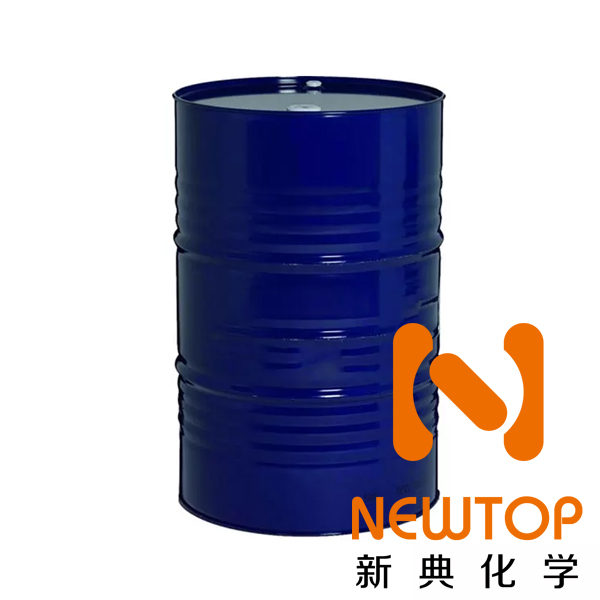DABCO BLX-11/polyurethane foaming catalyst




BDMAEE:Bis (2-Dimethylaminoethyl) Ether
CAS NO:3033-62-3
China supplier
For more information, please contact the following email:
Email:sales@newtopchem.com
Email:service@newtopchem.com
Email:technical@newtopchem.com